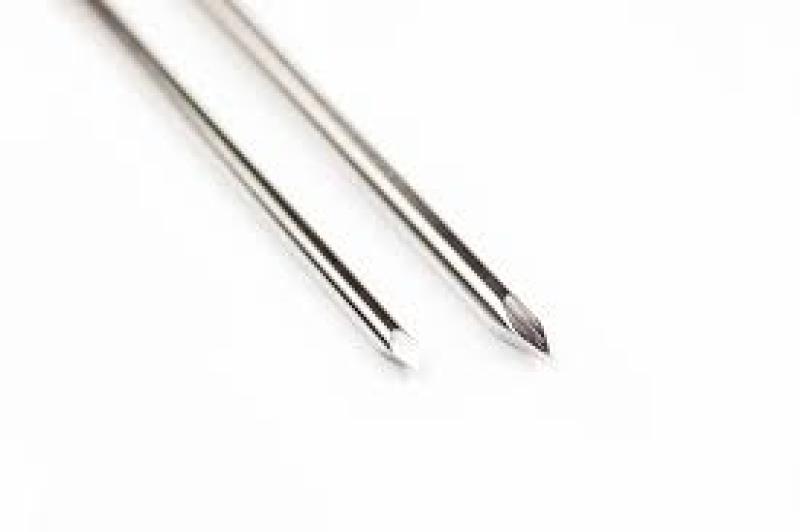Kirschner wires, commonly known as K-wires, are thin diameter surgical pins used to help hold broken bones or joint fragments in proper alignment during the healing process. Invented by German surgeon Martin Kirschner in the late 19th century, these wires have remained a mainstay in orthopedic procedures due to their versatility and ease of use.
Uses of K-Wires in Orthopedic Surgery
Some common orthopedic procedures where K-wires find extensive application include:
Bone Fracture Fixation
One of the most widespread uses of K-wires is for temporary fixation of bone fractures, especially those involving small bones in the hands, feet, and facial regions. By providing stabilization, they allow the fracture ends to heal properly without displacement. K-wires are inserted across the break using fluoroscopic guidance to ensure precise placement.
Joint Dislocation Reduction
Kirschner wires help reduce dislocated joints and patellas back into their normal anatomical position. After the joint is relocated, K-wires are drilled across to hold it securely in place as it heals over 2-6 weeks. This allows early mobilization of the joint to prevent stiffness.
Tendon/Ligament Rupture Repair
In sports injuries involving complete tendon or ligament tears, K-wires may be employed along with surgical repairs to securely fix torn tissues in the acute healing phase. They maintain approximation between ruptured ends till scar tissue takes over.
Carpal/Tarsal Bone Fixation
Multiple carpal and tarsal bone fractures are effectively treated using K-wires. By crossing wires through adjacent small bones, orthopedic surgeons can internally splint the injury site to promote undisturbed healing.
Metacarpal/Metatarsal Fracture Stabilization
Often fractures of long bones in the hand/foot involve more than one metacarpal/metatarsal. K-wires stabilize such complex breaks by percutaneously holding fracture fragments in place.
How are K-Wires Inserted?
Kirschner wires insertion is typically performed as an outpatient procedure under local anesthesia with or without conscious sedation. Using an image intensifier, the surgeon first determines the optimal trajectories for wire placement. A small incision is made and the wire gently drilled across the bone/joint under fluoroscopic guidance. Multiple wires may be needed depending on the complexity of the injury. The protruding wire ends are left long initially to be trimmed or looped later as per the clinical context. Postoperative care involves wound dressing, activity limitation, and follow-ups to monitor healing.
Advantages of Kirschner Wires
- Thin cylindrical profile allows insertion through small incisions even in confined anatomic areas
- Can be contoured or bent per the surgical requirement at the time of insertion
- Provide stable fixation without requiring large soft tissue dissection
- Allow early mobilization of injured regions compared to plate/screw constructs
- Relatively low procedural cost compared to other internal fixation devices
- Easy to insert and remove without specialized equipment
- Versatile for use in fractures, dislocations, and ligament/tendon repairs
Potential Disadvantages
- Risk of pin tract infection if clinical/aseptic precautions not followed
- Wires can break or cut out from bone in certain clinical situations
- Protruding wire ends may cause soft tissue irritation
- Require a subsequent removal procedure under local anesthesia
- Provide less rigidity versus plate/screw constructs in certain cases
- Not indicated for fixation of large/complex fractures or arthrodesis procedures
In Summary
Since its introduction over a century ago, kirschner wires have become an indispensable part of the orthopedic surgeon's armamentarium. Thanks to their small size, malleability and relative simplicity of use, these wires offer a less invasive fixation option for many musculoskeletal injuries compared to plate/screw devices. With proper patient selection and surgical technique, K-wires facilitate faster recovery and return to function. Although not suitable for every case, their versatile applications in fracture, dislocation and soft-tissue repairs have endured K-wires as a workhorse device in orthopedic trauma and sports medicine.
